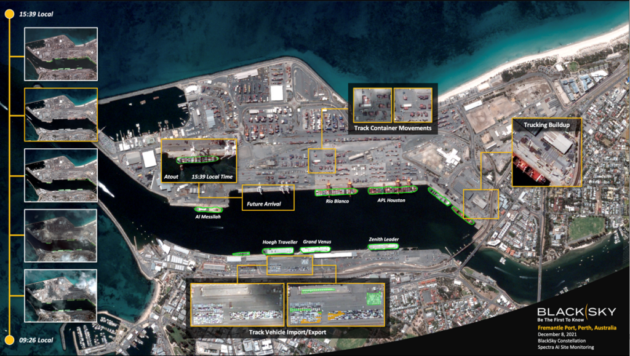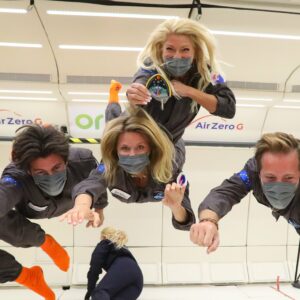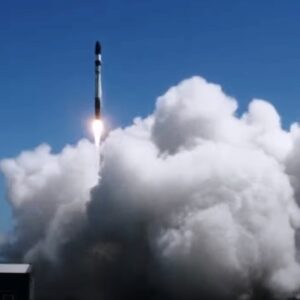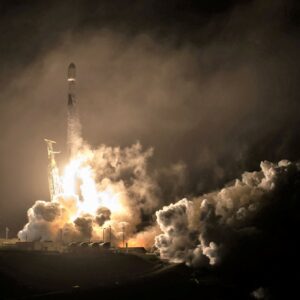
BlackSky says it has set a new standard for refreshing its satellite views of spots on Earth after adding six spacecraft to its Earth observation constellation in a month.
The company, which has offices in Seattle as well as in Herndon, Va., reported reaching a peak of 15 hourly picture-taking sessions per day over certain locations. BlackSky said that represents the highest satellite revisit rate in the world.
“This is an incredible achievement for BlackSky and the industry,” BlackSky CEO Brian O’Toole said today in a news release. “Our ability to rapidly launch, deploy, and commission on-orbit capacity provides customers with confidence that they will have access to the insights they need to support critical operations.”
The satellite images were processed through the company’s Spectra AI geospatial data analysis platform, providing insights to customers just hours after the pictures were acquired.
Spectra AI combines data from satellites and other sources to create AI-enabled status reports on intelligence matters ranging from the impact of natural disasters to the flow of maritime traffic through supply-chain chokepoints. In many cases, tracking the progression of events from above on a near-real-time basis can make a critical difference.
BlackSky’s Gen-2 satellites are built by LeoStella, a joint venture involving BlackSky and Thales Alenia Space that’s headquartered in Tukwila, Wash.
The past month has been a big one for BlackSky, which became a publicly traded company in September. Two of its latest satellites were launched by Rocket Lab on Nov. 17. Two more went up on Dec. 2, sharing a ride on a SpaceX Falcon 9 rocket with 48 Starlink satellites. And Rocket Lab sent yet another two BlackSky satellites into orbit on Dec. 8, marking the last launch of 2021 for both companies.
Seattle-based Spaceflight Inc., which manages pre-launch logistics for small satellites, played a part in all three of those missions.
BlackSky says it now has 12 operational satellites in its constellation, with plans to boost that number to the full complement of 30 satellites in the years ahead. That’s certain to speed up BlackSky’s revisit rate.
The next-generation satellites that LeoStella is slated to build for BlackSky should boost quality as well as quantity. Today Space News quoted O’Toole as saying the company would start deploying those Gen-3 satellites in 2023.
Update for 7:25 p.m. PT Dec. 13: We’ve updated this report and the headline to make clear that BlackSky’s constellation achieved a peak of 15 hourly visits per day over certain locations.





